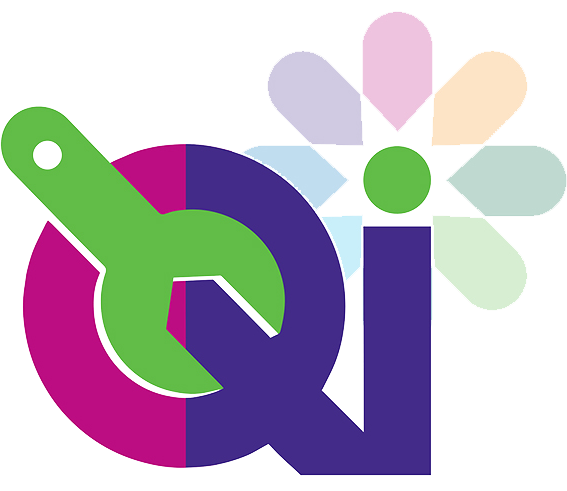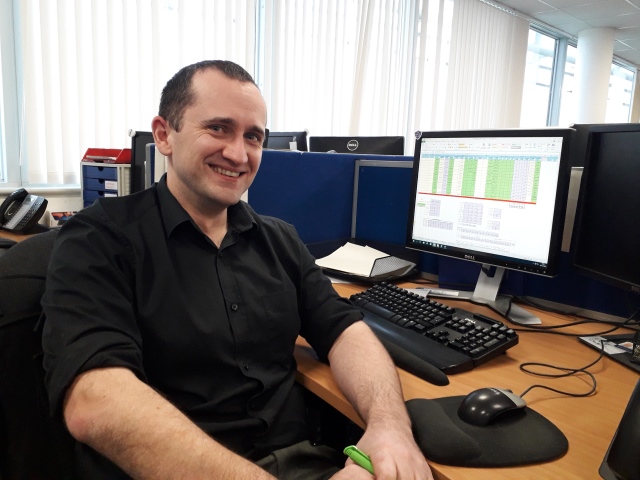Information is to be captured in a more efficient and thorough way within the Rapid Response Service in east Kent – for the benefit of both patients and staff.
A new data capture tool has been developed by Clinical Lead Owen Leach and is due to go live next month (December 2019). It captures information from digital whiteboards already being used in the east of the county and details how many patients are being treated, how many visits they need, staff time needed with each patient, if a patient requires more than one member of staff and lots more.
From this information, collected daily, it is then easy to see capacity and demand, as well as trends, ensuring resources are put in the right place at the right time. The tool will capture where a patient’s referral has come from, so the service can easily see where the bulk of its work comes from – as well as collecting information about declined referrals, why they were declined and following treatment, where a patient has been discharged to.
Owen has been working on the Quality Improvement (QI) project for the past five months and has been trialling it during November (2019). He has been working on the tool with Clinical Resource Managers Pam Couchman and Luisa Scantlebury, although the project began with Owen working closely with Urgent Response Nurse Dan Westland.
The pair wanted to introduce digital whiteboards within the service – as a more efficient way of recording patient information, rather than the use of traditional whiteboards. However, it soon became apparent that two tools were needed, with nurses and healthcare assistants needing to record and evaluate slightly different information to what managers wanted to look at.
Owen, who has completed the Kent Community Health NHS Foundation Trust (KCHFT) one-day Fundamentals QI training course, said: “The digital whiteboards are great and this new tool allows us to capture information from these boards, from many sites and to see the bigger picture. Any manager can access this information, from anywhere, to see what is going on and to see trends.
“Dan and I started off working together, but then Dan focussed on the digital whiteboards and I focussed on data capture.
“This tool pulls in information from the whiteboards. It captures details about visits, discharge destinations, who referred the patient – much the same info as Dan’s boards but presented differently. It works out how many visits daily, total number of visits, length of stay, how much morning, afternoon and evening capacity is used
“Using this we can easily see caseload, the total number of home visits, the average length of time a member of staff stays and if visits are by one or more members of staff. We can see if home visits in the Canterbury area take longer than they do in Ashford and then work out why this might be.
“It will help us put resources where they are needed most, which will result in benefits to our patients and staff. It is a much more detailed and efficient way of recording than we currently have in place.”
Find out more about Dan Westland’s digital whiteboard project here on our projects page.


